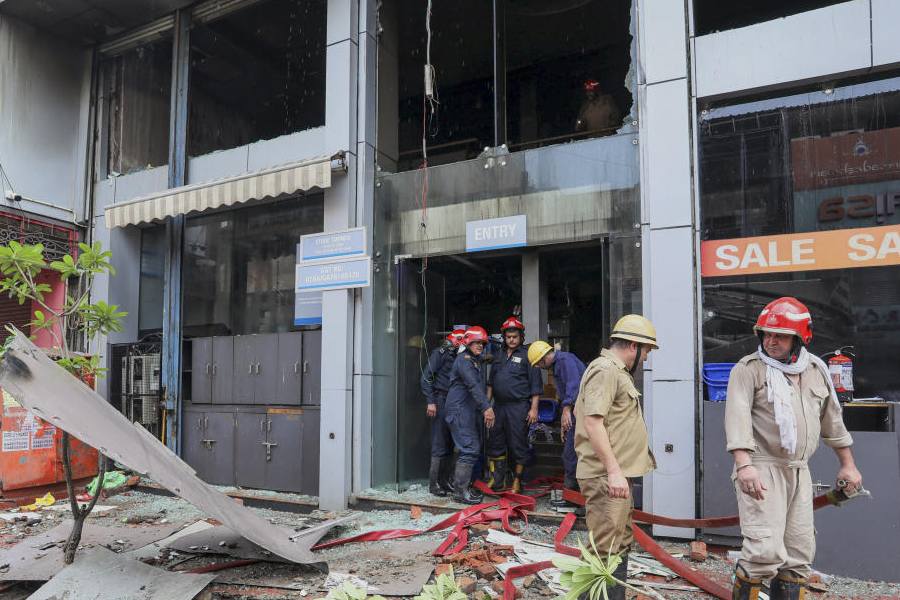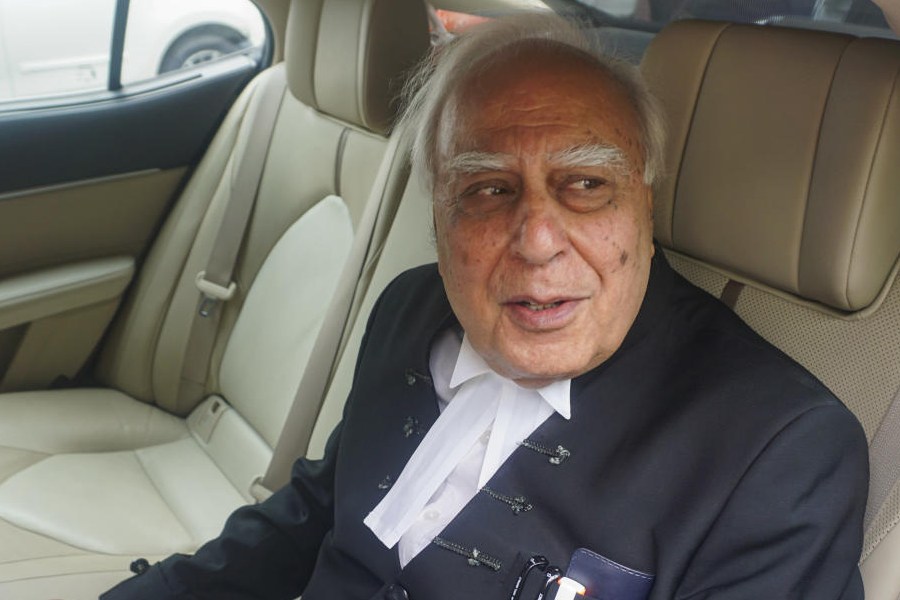Jajpur, April 24: The Langudi hill, one of the famous ancient Buddhist sites in the country, lies in utter neglect because of lack of patronage both by the state and the central government.
Though a small study had been undertaken in the past decade, there is an urgent need to go for more excavation and exploration into this historical site to bring out more facts about Buddhism in Odisha.
Situated in Jajpur district, Langudi has established a mark in the history of Buddhism in the ancient and medieval era. A home to rock-cut Buddhist stupas and numerous early medieval Buddhist shrines, the site shows links with all the major sects of Buddhism — Theravada, Mahayana and Vajrayana or Tantrayana. The monuments found here are unique and rare in many ways.
As per the silalipi, an inscription, that was recovered during excavation and subsequent declaration by B.N. Mukharjee of Calcutta University, Langudi is considered to be the “Puspagiri Mahavihar”, spread across the hilltop, containing several stupas, monasteries, temples, and sculptures in the architectural style of the Gupta period.
The main attraction of the hill is the set of 34 rock-cut stupas situated on the northern part of the hill. Numerous Buddhist caves, dilapidated rock-cut stupas and ruined monasteries are also found on the hill.
The sculpture of Buddha found here in the samadhi mudra, where he has been depicted in various postures is one of the rarest rock-cut images of Buddha.
The rock-cut images of different female deities such as Tara with two arms, a round face with a serene look, mild smile and ornaments on the body, and the image of a Mahayana deity Prajnaparamita with lotus in one hand clearly indicate the importance of female cult in ancient and early medieval period.
“The Langudi hill was a prominent Buddhist seat of learning that flourished until the 11th century in India. The Buddhist remains on the hill indicate that Langudi was a significant centre of the Hinayana, Mahayana and Vajrayana, three sects of Buddhism. Ironically, very little study has been made so far to unravel historical significance and monuments of the site. There is a need of comprehensive study and exploration of the historical background of the hill, which houses many more important ancient Buddhist monuments,” said Nrusingha Charan Sahu, a researcher on Buddhism.
“Besides, these precious and rare Buddhist monuments are lying in utter neglect,” he added.
The state archeological department, along with the Odisha Institute of Maritime and South East Asia Studies, took up exploration, conservation and maintenance activities at the Langudi hill for six years from 1996 to 2002.
“Rock-cut stupas, Buddha’s sculpture and that of many goddesses were found during excavation and are being preserved properly at the institute’s museum in Bhubaneswar,” said Sunil Kumar Patnaik, joint secretary of the institute.
“In 2004, we made a proposal to the central government for its better excavation, conservation and maintenance. Subsequently, Archaeological Survey of India (ASI) took it over and it is up to them to take up further studies and work,” he added.
However, the ASI officials said they had been taking all care for the site’s preservation.
“Since we took over the hill in 2005, we have made several infrastructural developments on the hillside to preserve the excavated site in a proper manner, including wire-fencing and drainage system around the hill. Besides, security personnel are being deployed in the preserved hill area to take care of this prominent monumental site. Departmental authorities are actively considering for further exploration and study proposals,” said Ashok Kumar Patel, superintendent, ASI, Odisha.











